- MMA & Combat Sports, Resistance Training
5 Layers to Increase Your Punching Power
- By Phil Daru
- On March 22, 2021
5 Layers to Increase Your Punching Power
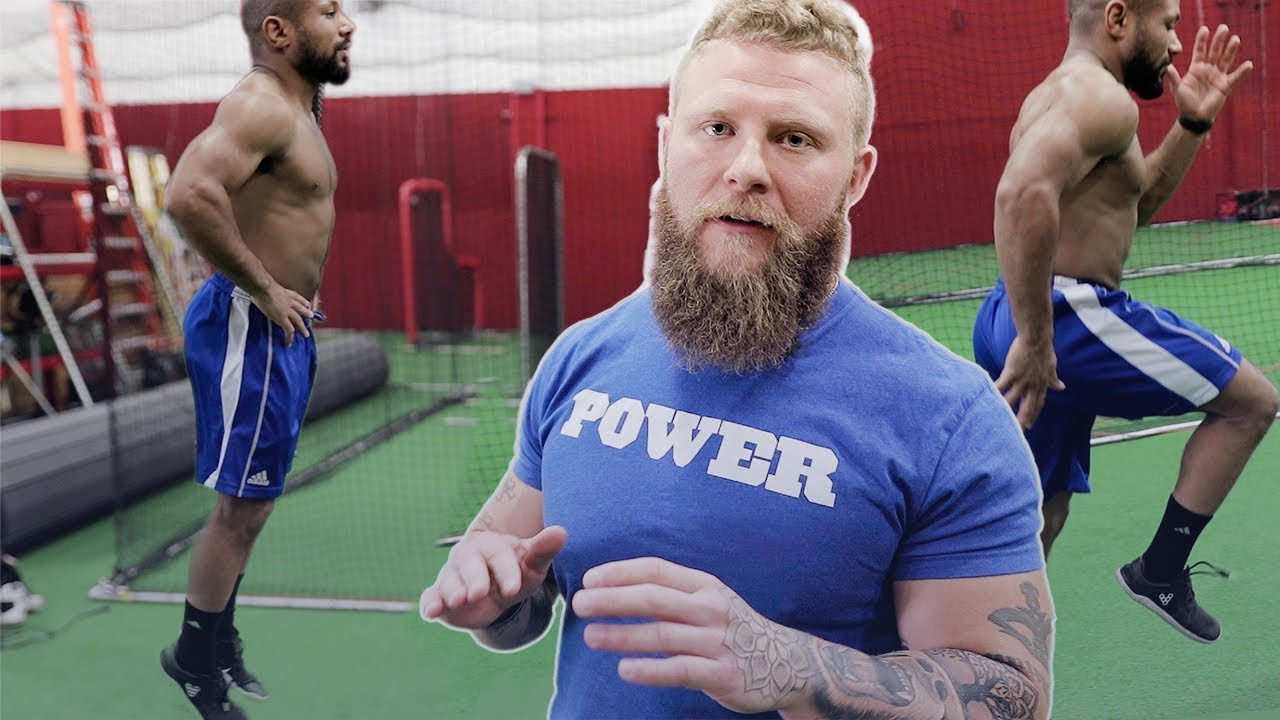
Most athletes believe that there’s a special method, exercise, or gimmick that will help them increase their punching power dramatically. That couldn’t be further from the truth. The truth is, if you want to increase your punching power, you need to follow a well-rounded training approach.
This training approach consists of five layers. Five layers that, when laid upon one another, will work together to increase your punching power, the weight behind your punches, and even your striking speed.
I’ve never shared this approach anywhere before… But I get asked by athletes all the time about how to throw harder punches.
This is how.
Let’s get into it.
How Do You Increase Your Punching Power?
Like I said, there are five layers you need to address to increase your punching power.
You can think of them as layers of a pyramid. The power pyramid. Each layer builds on each other until that dangerous knockout power you’ve always dreamed of is yours.
Follow this kind of approach, and you’ll be feared.
Punching Power Layer #1: Technique
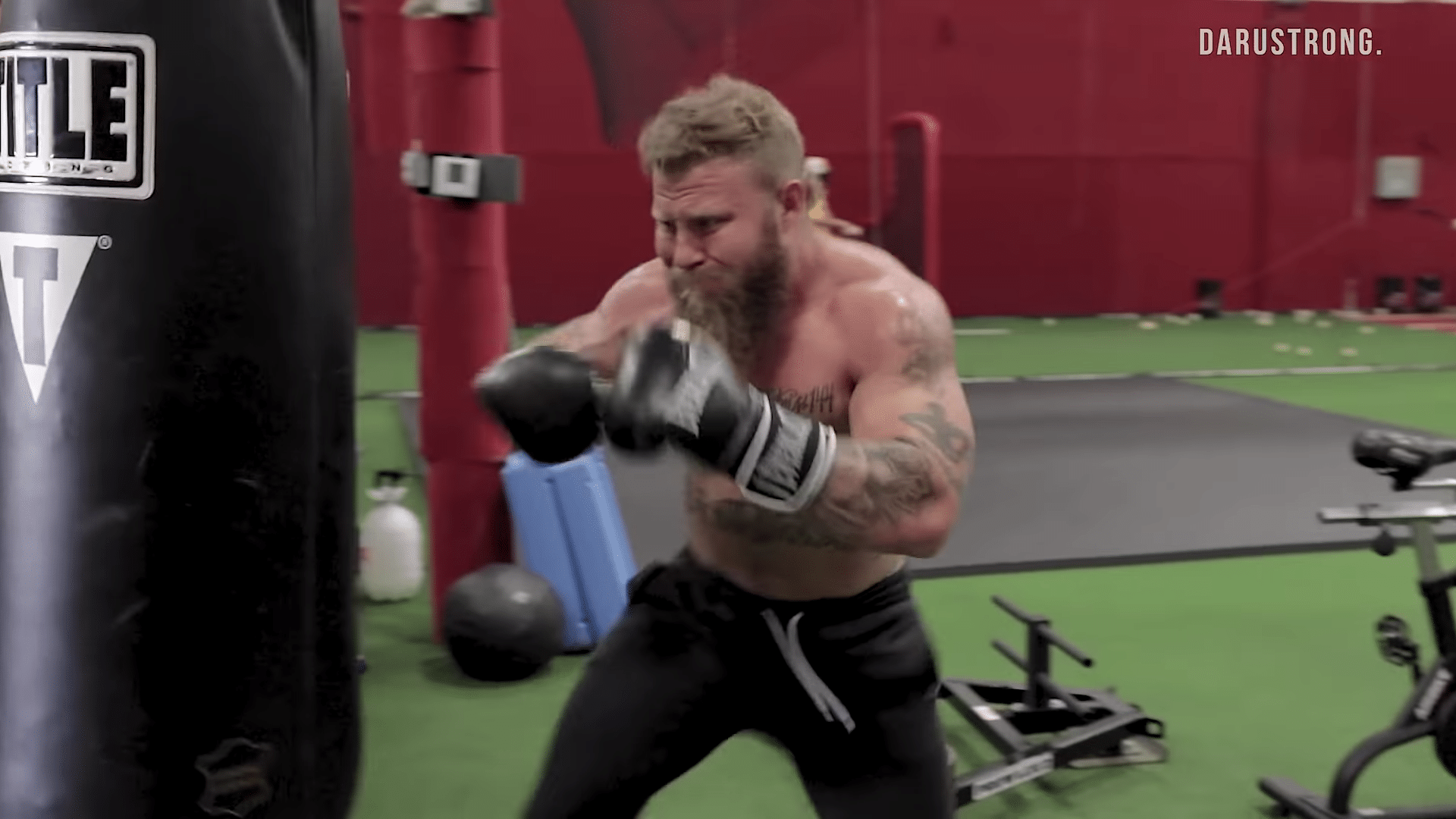
Trying to throw harder punches without good technique is like trying to drive a Lamborghini with a golf cart engine. You’ll only be able to get so far, and eventually you’ll break down.
Such is the case with punching power. If you have faulty technique, your ceiling for power will be extremely low.
Not to mention, you risk injuring yourself.
So, before you do anything on this list to increase your punching power, make sure you tighten-up your technique. If you don’t know how, Google is usually a pretty good expert to consult with.
Punching Power Layer #2: Stability
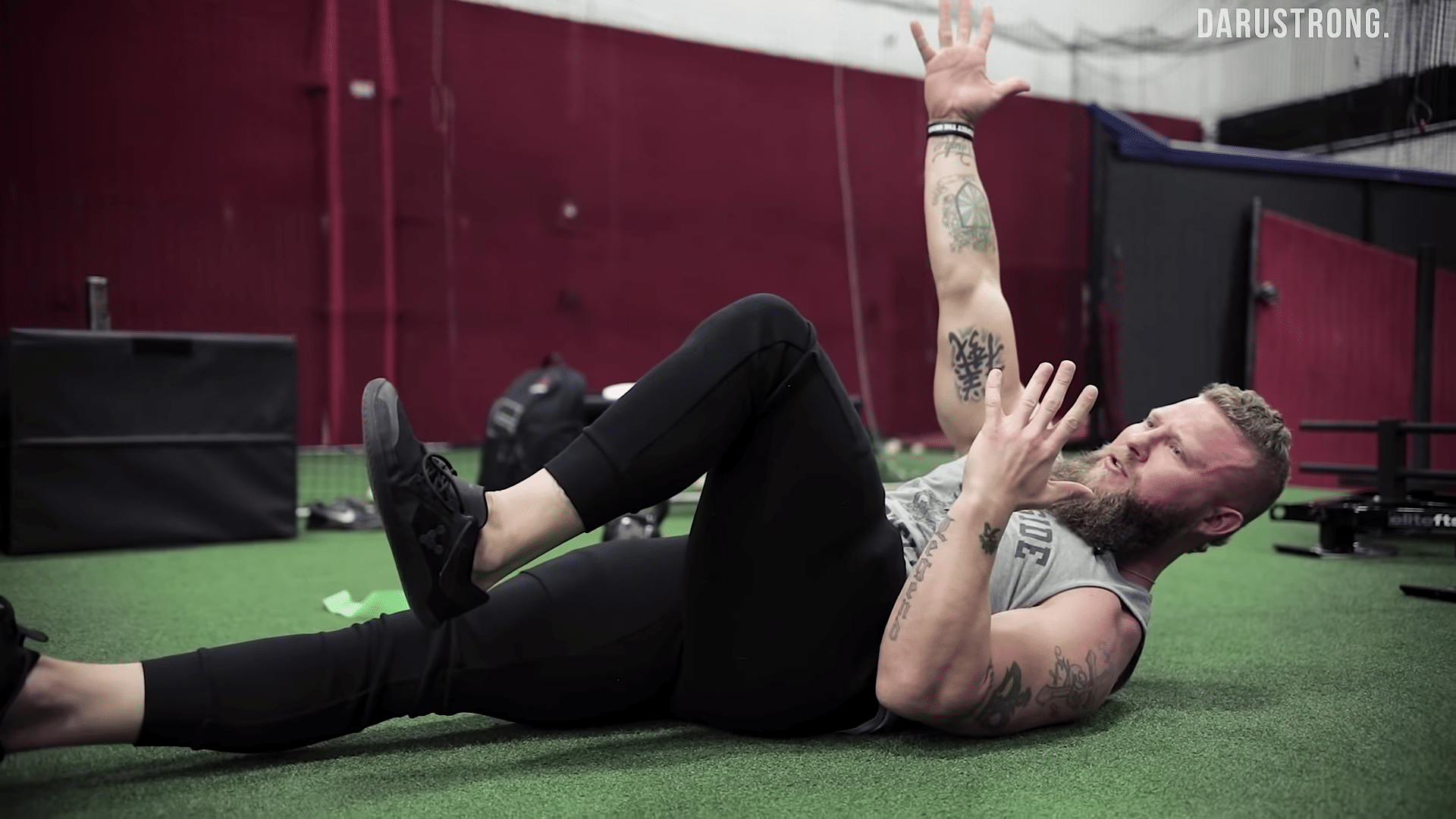
Trying to add power and explosiveness without stability is like trying to fire a cannon out of a canoe… The whole boat is going to burst into pieces.
But, more specifically, stability is important because without it, your force output will be capped.
Here’s why:
When you’re throwing a punch, jumping, sprinting, or even throwing a kick, you’re transferring force from the ground. Up through your legs. And through the core.
It doesn’t matter what kind of explosive movement you’re performing.
However, if there’s instability present in the body during the process of force transfer, you will “leak” force.
That means that the amount of force transferred will *GET SMALLER* as your body lacks the stability required to preserve the amount of force being transferred.
Luckily, it’s easy to prevent this. Simply work on your stability.
Particularly, core stability.
Core stability is insanely easy to build. Simply start with planks, side planks, and prone cobras.
Once you feel like you’ve mastered those movements, find a way to make them more difficult or dynamic.
Punching Power Layer #3: Mobility
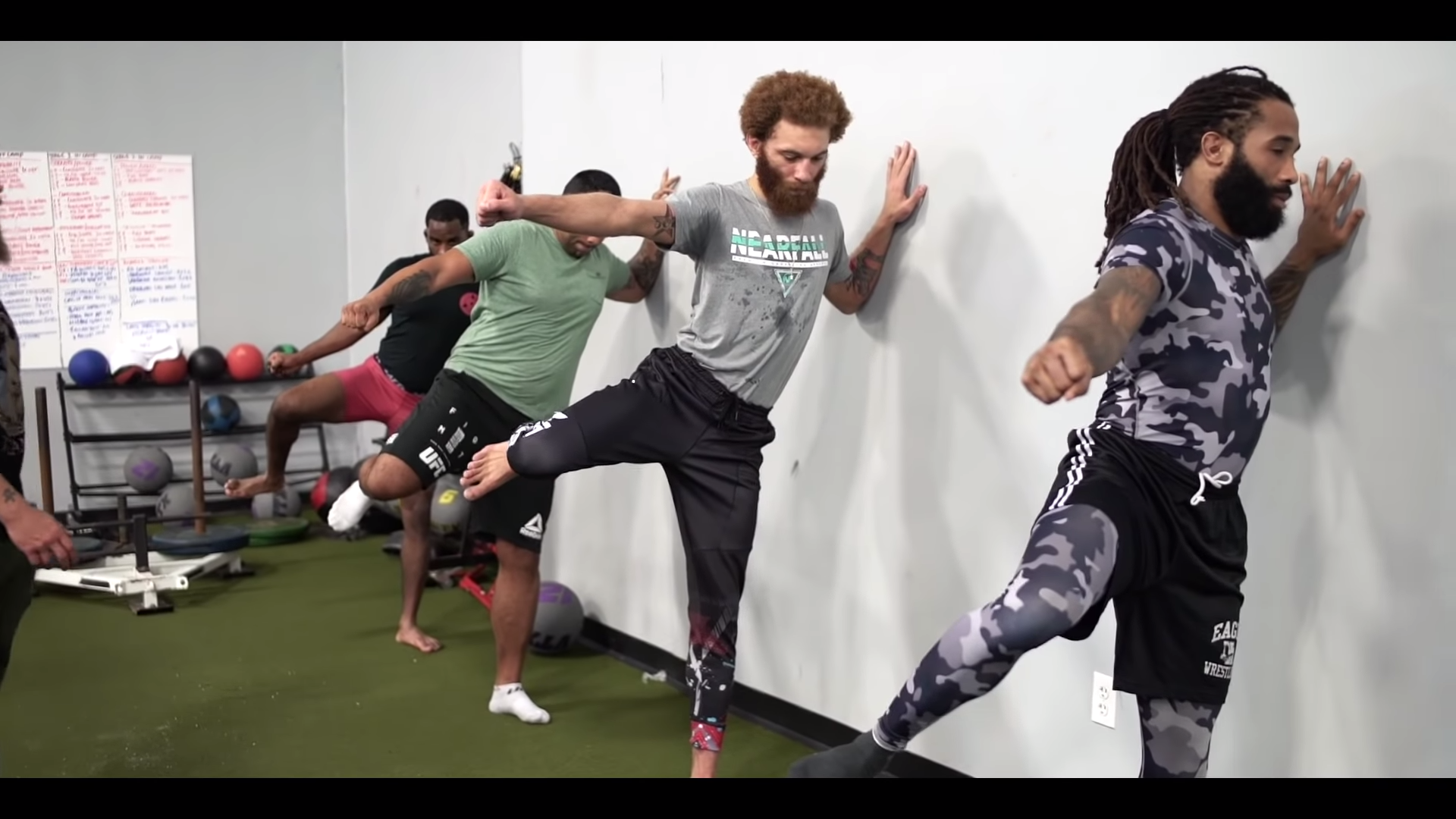
Mobility is an often overlooked aspect of power.
But it’s crazy important.
Imagine you cut out the middle of a quarter and tried to stretch it out by pulling one end.
You simply wouldn’t be able to because there’s too much tension in the material of the quarter.
However, if you do the same with a rubber band, it stretches. And when it releases, it SNAPS forward.
The same goes for your joints.
Many fighters are extremely stiff in their hips and shoulders. This prevents them from achieving maximal displays of power.
This is why it’s absolutely crucial that you set aside time for stretching and mobility daily.
What are the best mobility drills?
I can’t answer that for you.
It’s all about your specific limitations.
Punching Power Layer #4: Maximal Strength
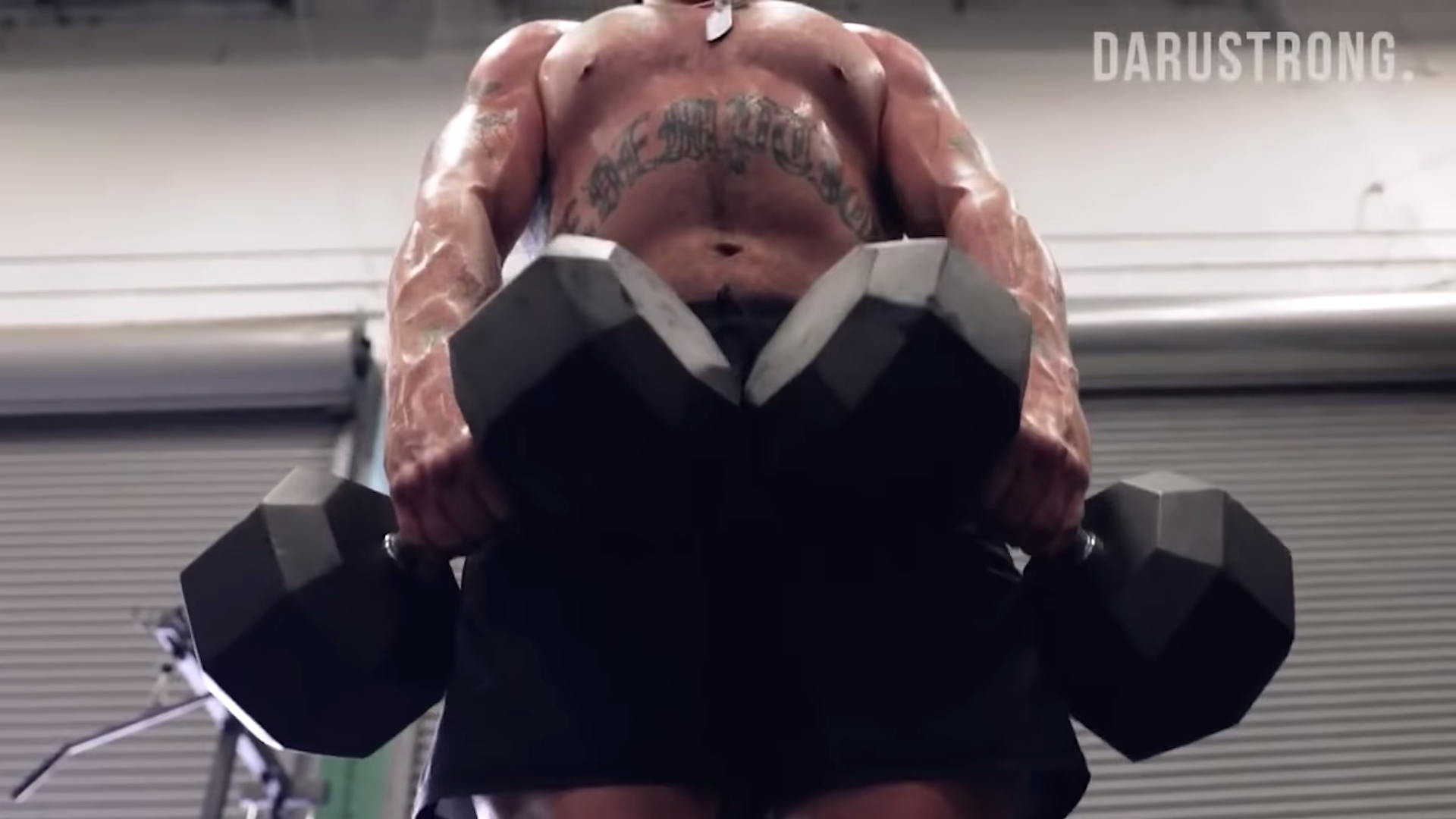
I always say, strength is the precursor to power.
Power equals force times velocity (it’s a little more complicated than that, but that’s the * of it).
So, in order to become more powerful, part of it is being able to produce force.
That’s where maximal strength comes in.
However, it’s tricky to develop the kind of strength that translates into power.
I’m sure you’ve seen powerlifters with the ability to deadlift 800 pounds, bench 500 pounds, squat 650, but couldn’t get more than 20 inches off the ground… While you’ve probably seen some athletes with similar numbers who also sported 40 inch vertical jumps, and blazing fast 40 yard dash times.
The difference is in how they train for strength.
Powerlifters don’t care about how fast they lift. They just care about moving that weight.
They’ll go strong and slow.
On the other hands, athletes work maximal strength WHILE moving down the force-velocity curve.
They’re training maximal strength, strength-speed, power, speed-strength, and ultimately… Speed.
This results in strength that translates into power.
Of course, this leads us to the last pillar which is…
Power Punching Layer #5: Rate of Force Development

Of course, if our goal is power, we also need to increase the speed at which we can develop maximal force.
I alluded to this when I spoke about strength, but we develop this speed by moving down the force-velocity curve.
We use modalities like plyometrics, accommodating resistance, contrast training, as well as varying intensities to increase the speed by which we can produce force.
For example, while maximal strength is developed with intensities of 90-100%, strength speed is developed in ranges of 80-90%. Power is developed between 30-100% of maximum intensity. And so on.
Of course, this is the cherry on top of all of the other layers of power, but that doesn’t mean we develop any of these pillars in isolation.
No.
We want to work all of these pillars in conjunction in order to maximize adaptation of each.
If one pillar is left out of our training, we risk letting a pillar slip and creating a leak in our power production.
Want To See EXACTLY How I Increase Punching Power In My World Class Athletes?
Heavy Hitter is a boxing program that’s designed to give you heavier hands, in addition to:
- Making you more evasive
- Preventing injury
- Improving your footwork
- Giving you more gas in the ring
- Improving your chin
And much more.
The Heavy Hitter approach does one thing different from every other strength training approach out there…
It treats the body as a machine.
If a machine has one short circuit, or a wire is damaged, or the components are faulty, it doesn’t work.
Similarly, if the body has faulty components, or weaknesses, it won’t perform at a high level.
Heavy Hitter addresses the weaknesses found in boxers and hammers away at them, sculpting them into strengths.
Right now, I’m offering Heavy Hitter for a discount to blog readers only available at the link below:
Check Out Heavy Hitter Here>>>


